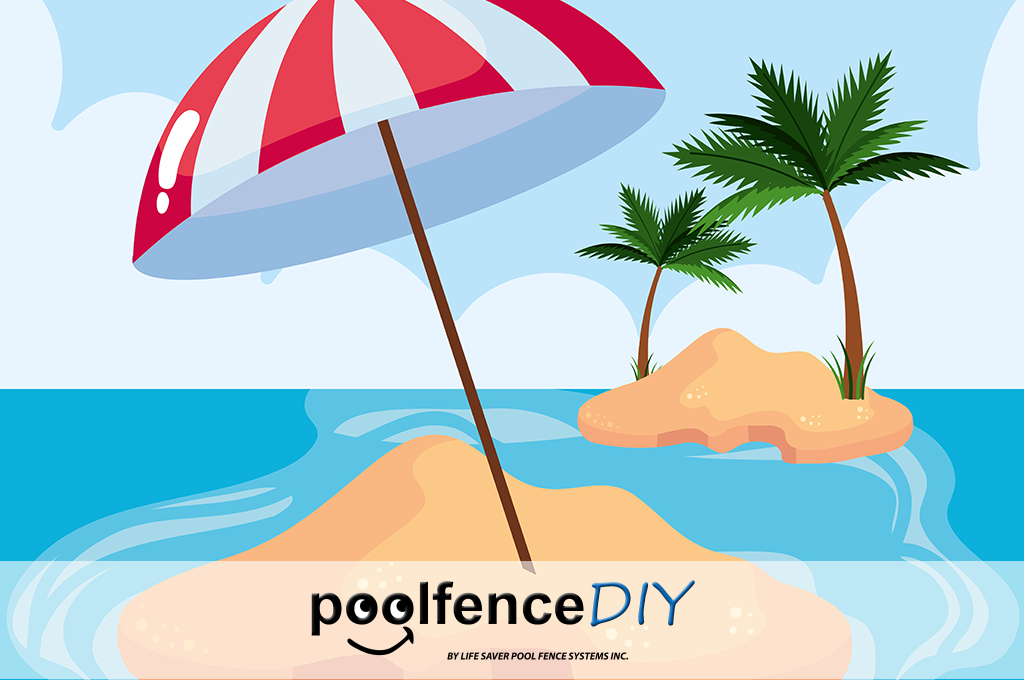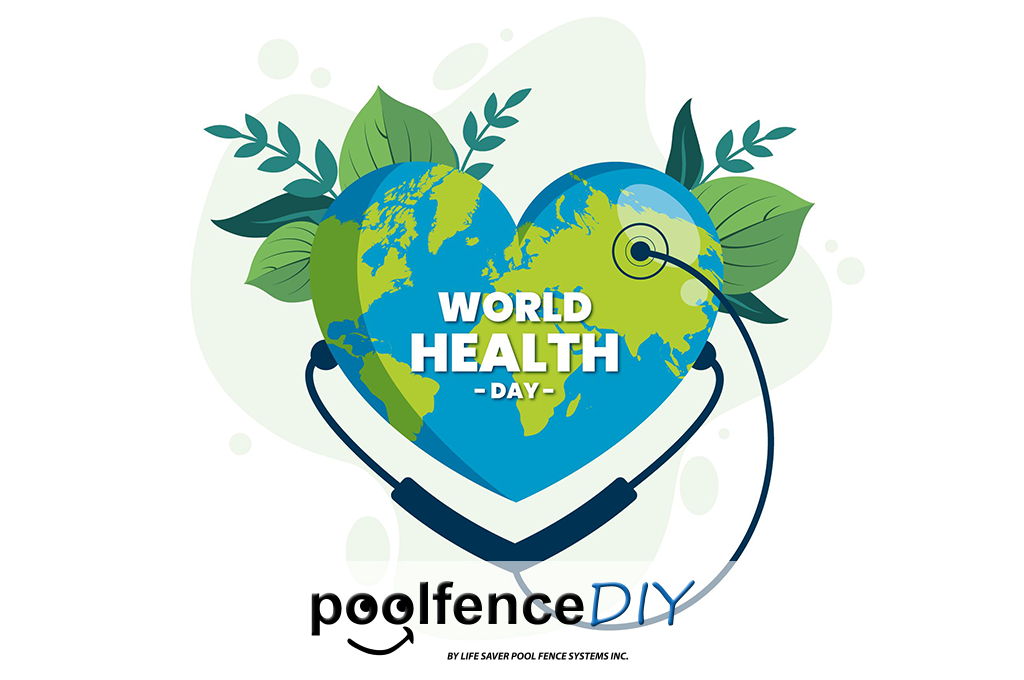Swimmer's Ear: Get the Facts

On the Pool Fence DIY blog, we often talk about ways to make sure you and your family are safe in the water. This includes drowning prevention tips and topics like how to stay safe at the beach. However, we want to make sure you are taking proper care of your body as well. Today, we’ll take a look at the best ways to prevent swimmer’s ear so you don’t miss a beat during the summer fun!
How to Know Whether You Have Swimmer’s Ear
Swimmer’s ear is usually caused when a person gets dirty water in their ear. While a shower or bath can instigate this infection, it most often occurs when a person has been swimming in contaminated water. For instance, we’ve written in the past about the potential for the water in public pools to be contaminated; swimmer’s ear can be one of the affects of swimming in that water. The infection grows when water gets trapped in your ear canal and then breeds bacteria. The most common indicator that you may have swimmer’s ear is ear pain. Other symptoms include:- Itchy or swollen ear canal
- Red or swollen outer ear
- Discharge, which begins clear and turns yellow as the infection worsens
- Slight difficulty hearing
Preventing Infection
There’s no reason you should have to stop splashing away in the water! If you’re careful, there are a number of things you can do to prevent this infection:Before Swimming
- Check the chemical levels in your pool, or the health rating of your public pool. If you aren’t sure if the water is clean, avoid it.
- Don’t clear your ears more than necessary. Earwax can actually prevent the water from entering your ear. Plus, using cotton swabs can increase your risk of infection.
During Swimming
- Block your ear canals with earplugs or a bathing cap so that water can’t get into your ears.
After Swimming
- When you dry off after your swim, be sure to pay special attention to your ears. Dry them with a clean towel, and tilt your head to each side to allow excess water to leak out.
- Use ear drops if you are prone to ear infections. This will dry up any water that has already entered your ears.




